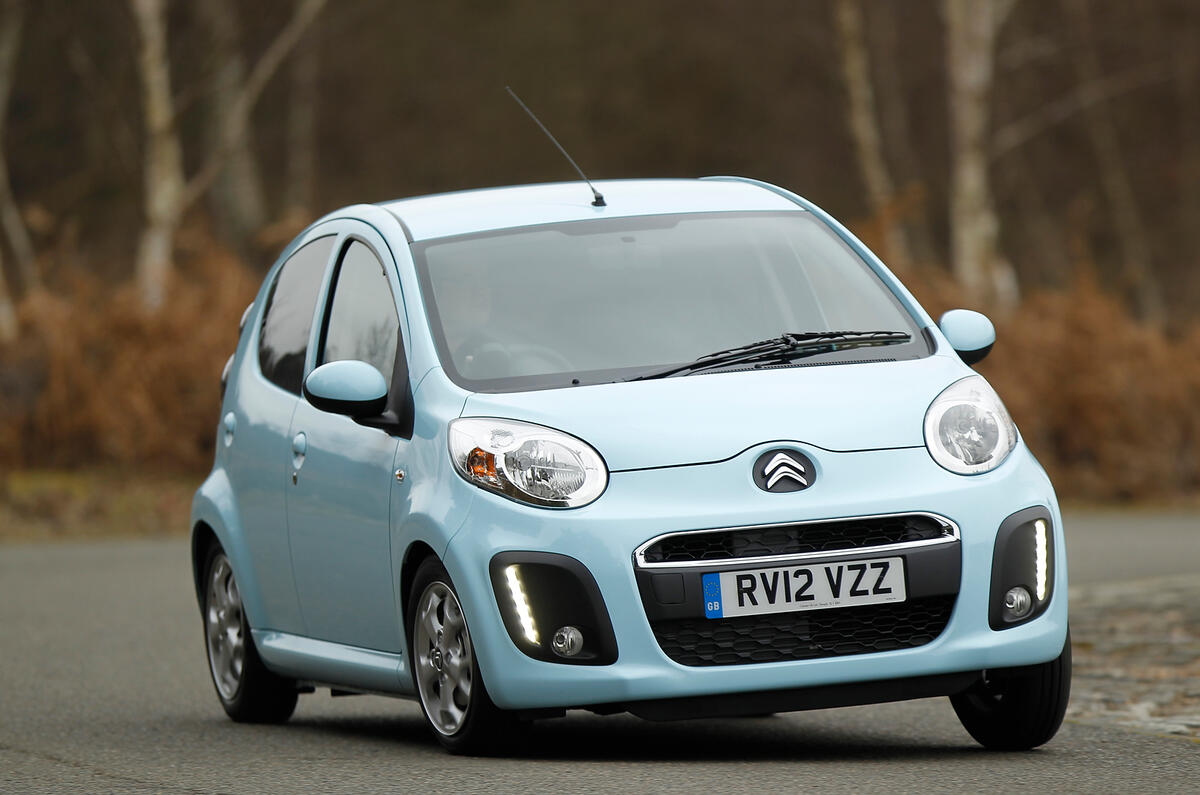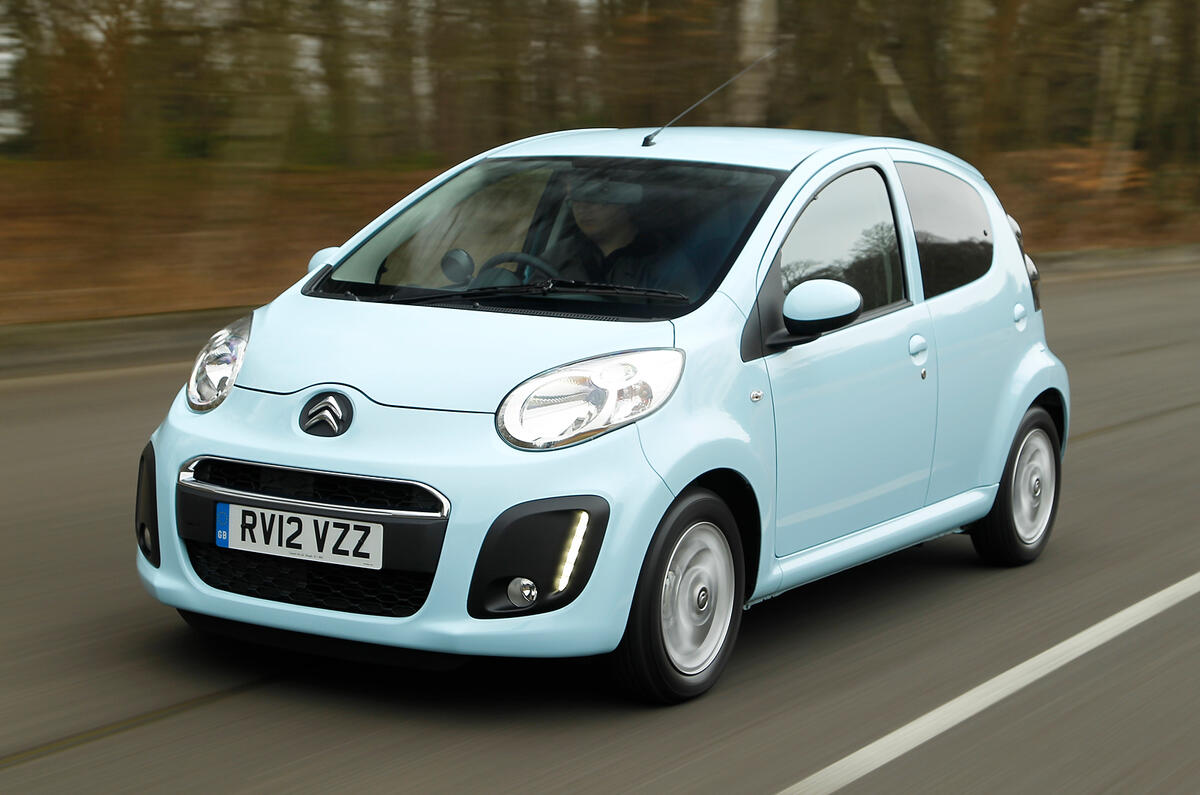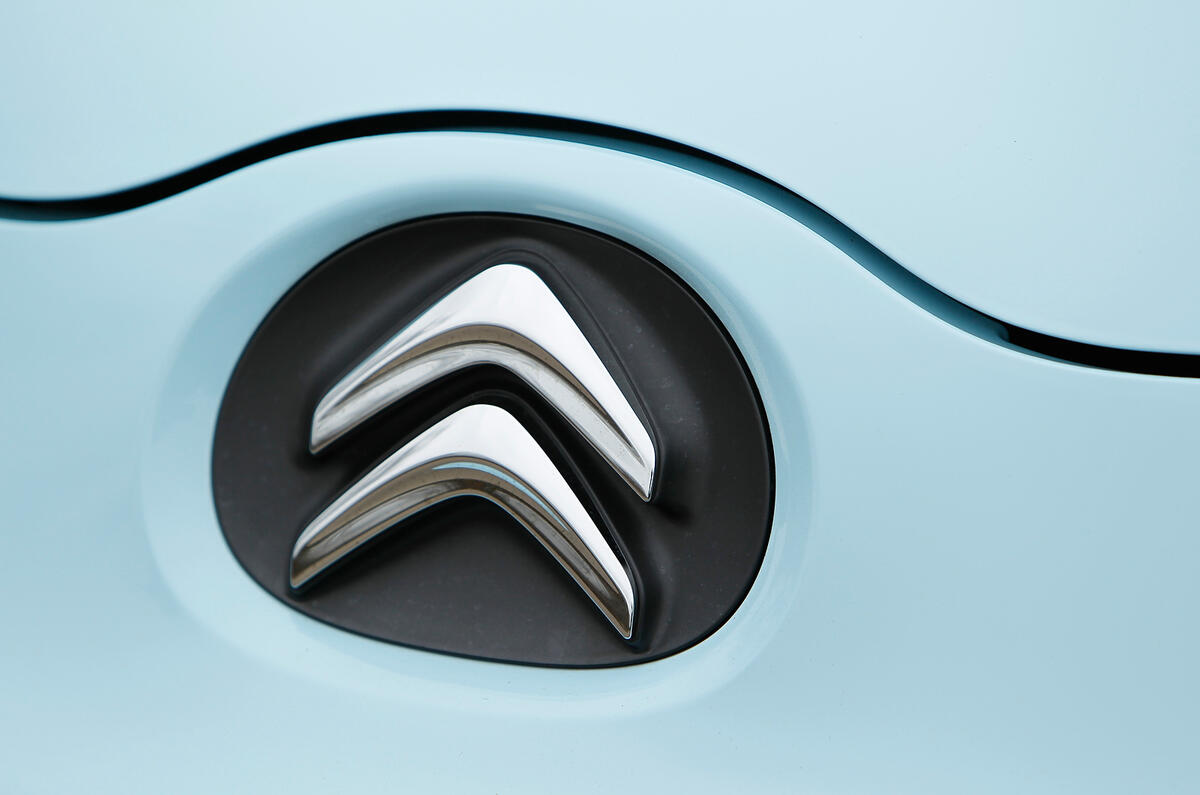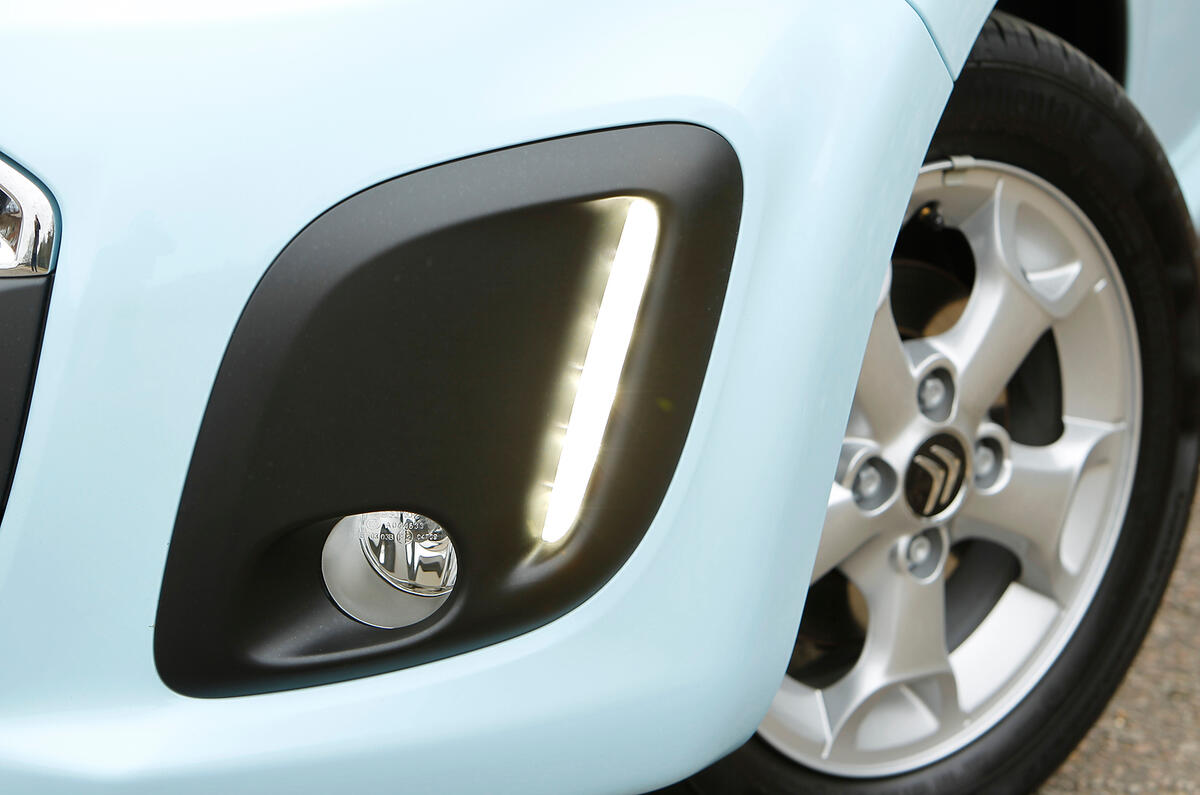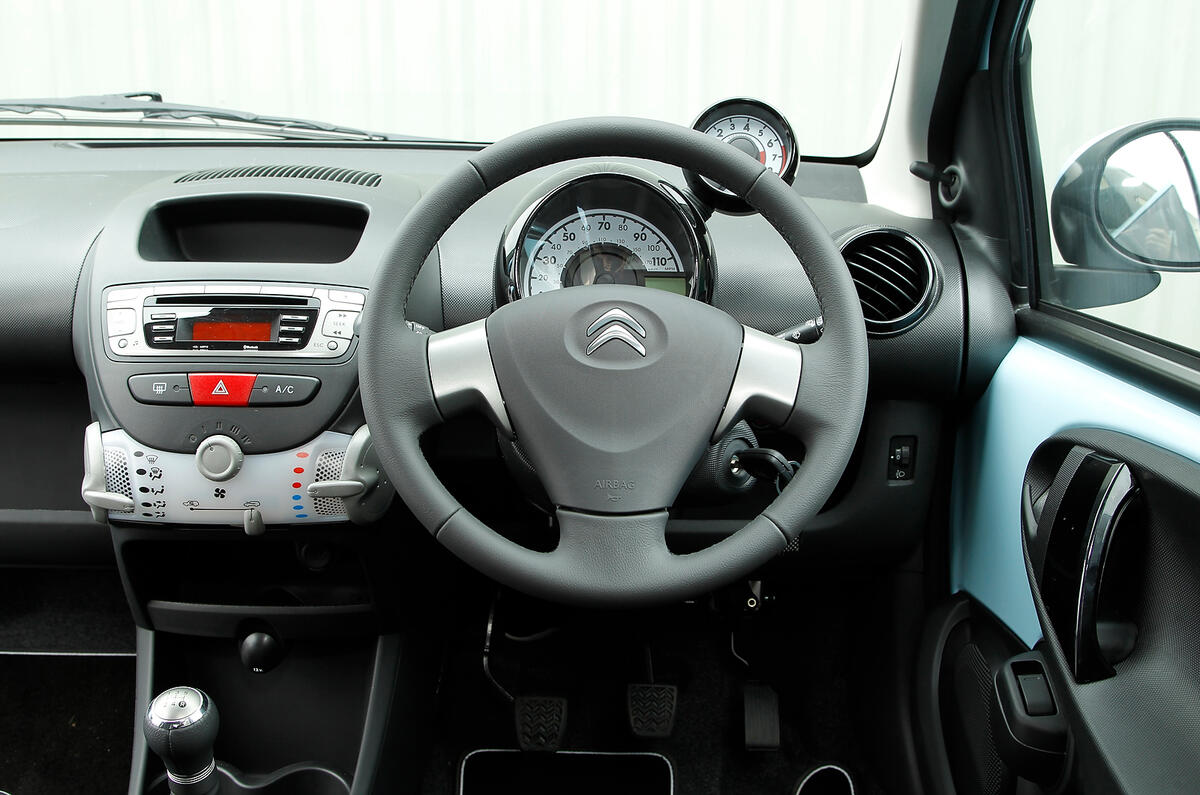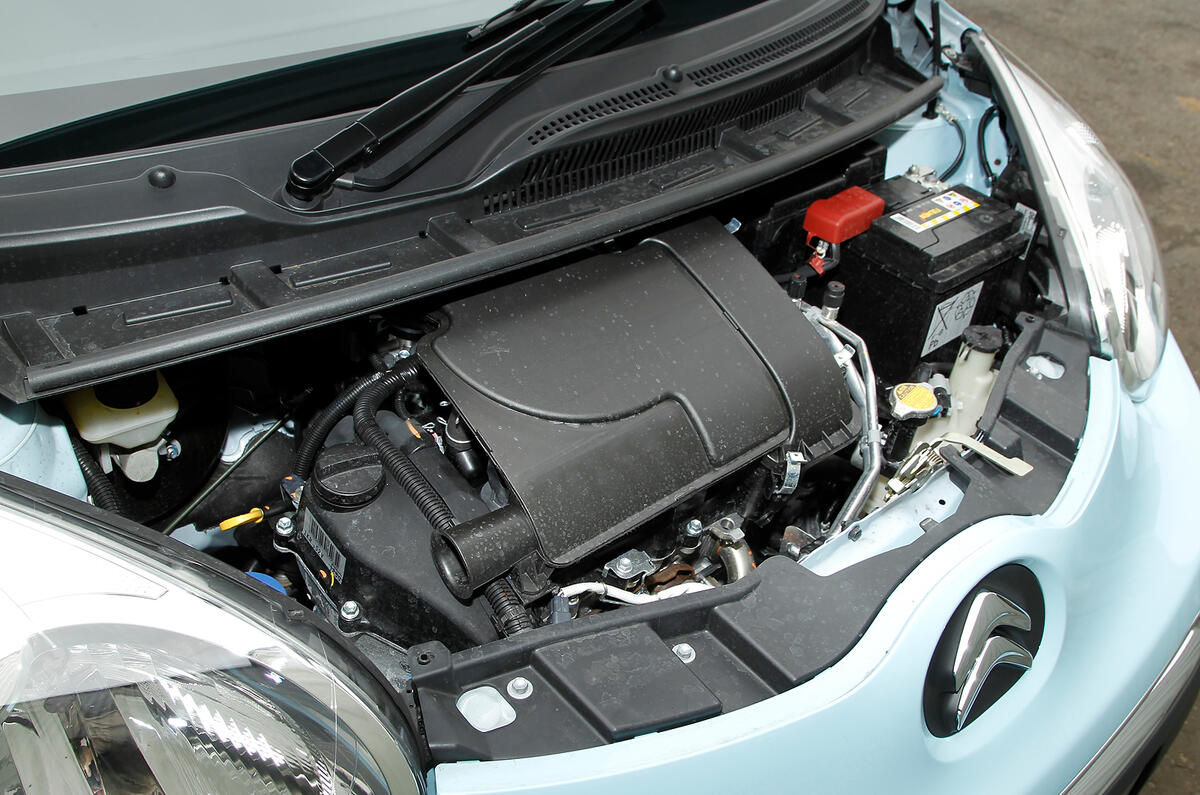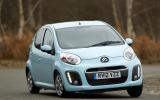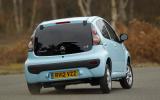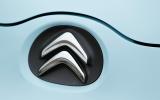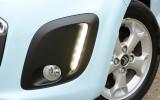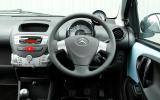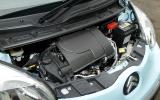Other car makers may be making much of their small, cheap, fuel-efficient models, but the Citroën C1 has been treading this path since 2005, alongside its sister models, the Toyota Aygo and Peugeot 107.
Facelifted for the second time, the little Citroën is still fundamentally the same as ever, but with a slightly updated look. It has a new front end and a shorter bonnet in an effort to reduce repair costs and improve pedestrian impact protection. The front bumper has been entirely redesigned to house fog lights and LED daytime running lights, the style of which is borrowed from Citroën’s DS3.
Little has changed in the cabin, though, with the car retaining the simple-but-chunky look and some of the easiest-to-use controls available on any new car. The C1 is offered as a three- or five-door car, across three trim levels, but only the range-topping VTR+ features air-conditioning and alloy wheels as standard.
All versions share the same 998cc engine producing 68bhp, with 70lb ft of torque at 3600rpm. With a five-speed manual gearbox, the C1 will accelerate to 62mph in 13.7sec with the five-speed EGS auto taking two-tenths of a second less. Top speed for all models is 98mph.
Emissions are down to 99g/km for the manual, making the C1 the first petrol-powered Citroën to fall under the 100g/km marker. As such, it’s exempt from the London congestion charge. The 104g/km EGS model isn’t, however.


